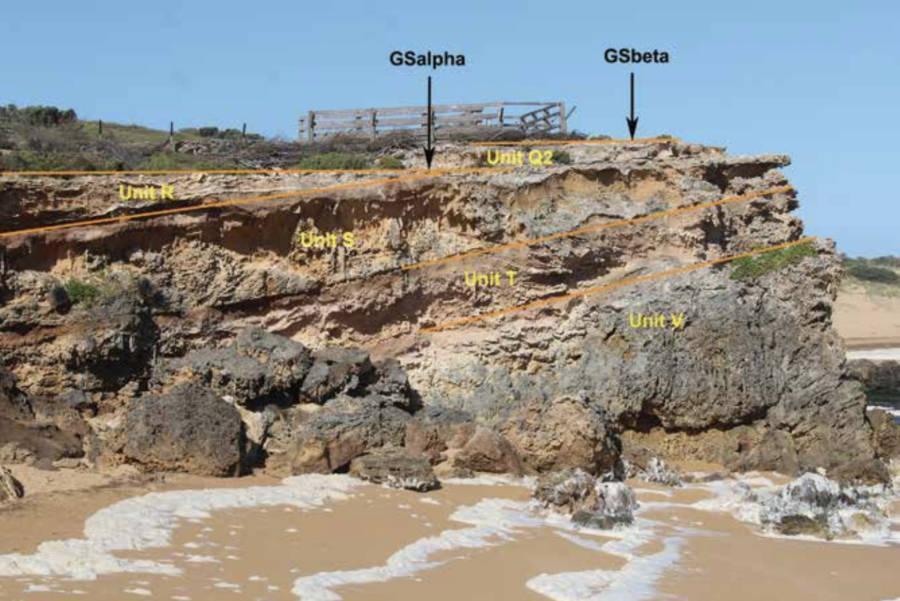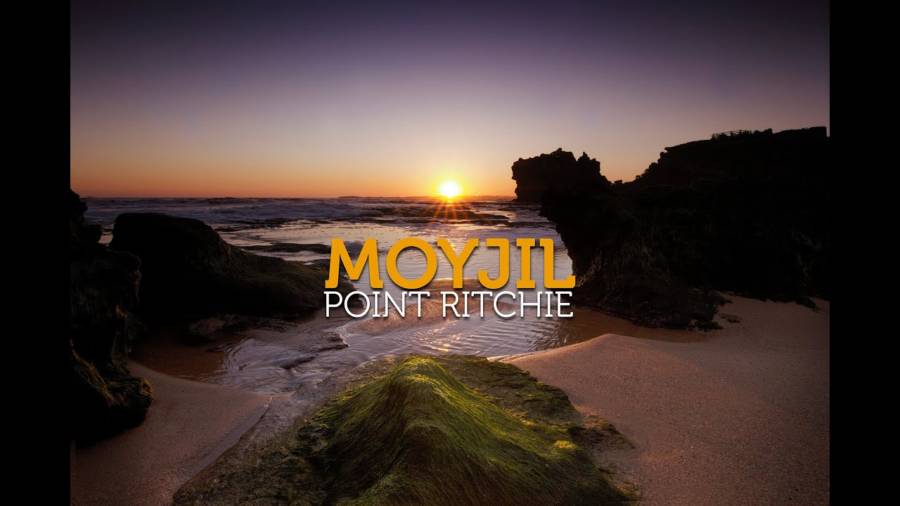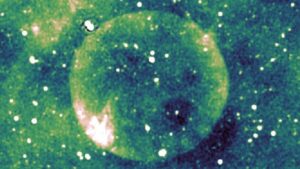Ancient Mystery Unveiled: Humans May Have Roamed Australia 55,000 Years Sooner Than We Believed
When Bowler discovered the continent’s oldest human remains at Lake Mungo in New South Wales nearly half a century ago, it changed essential truths of regional archaeology forever. It essentially proved, according to IFL Science, that humans had been in Australia for 40,000 years.
Since then, tools dating back an additional 25,000 years before Mungo Man were found, once again recalibrating the timeline, and marking the earliest date for human activity in Australia at 65,000 years ago.
But Bowler’s new theory could push even that latest industry-wide date back by 55,000 years, provided his study is fundamentally sound and sufficiently supported by the evidence. And while the site at Moyjil lacked any signs of tools or human bones, it did contain findings inexplicable without a human factor.
The Gunditjmara people settled at Moyjil for easy access to both food and water, for tens of thousands of years.
This has been scientifically accepted fact, unlike what exactly caused the blackened stones beneath the oldest Gunditjmara remains — the archaeological community has long argued that it was wildfires, which is certainly natural to the Australian environment. Bowler, however, is convinced by the pattern of said blackening and fracturing that these were caused by campfires instead.

John SherwoodMajor stratigraphic (rock layering) units marked by orange lines, allowing for backdating of a layer’s age.
As for the shellfish remains Bowler and his team discovered on the site, it was largely the distribution of these shell middens that suggested they were left by humans, rather than left by birds or for other possible reasons.













Post Comment